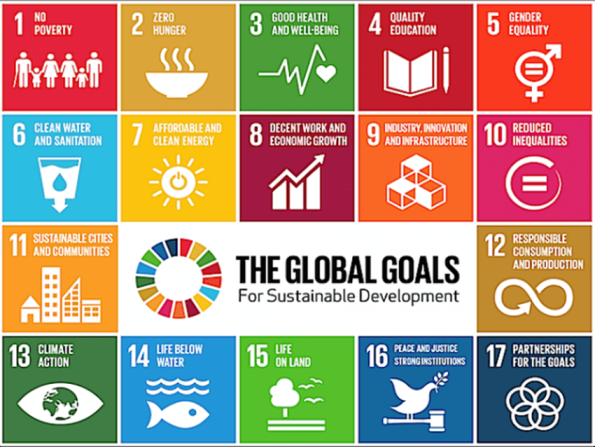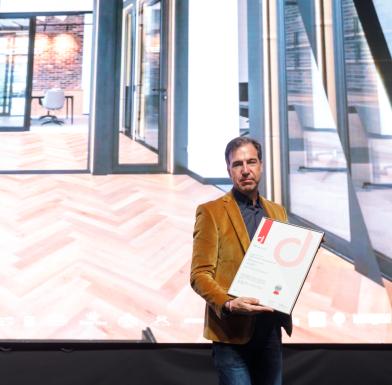Following the path to a sustainable future
Climate change is an environmental challenge endangering all countries around the globe in various intensities. From Africa to Asia, to North and South America and Europe, the adverse effects of climate change have manifested over the years as continental global warming, extended fires, ice melting, the rising of the sea levels, ozone depletion, and other extreme events. All of which have severe consequences for our future and call for urgent actions at national and international levels.
Three abbreviations come up when the subject of sustainability arises and those are – CSR, SDGs, and ESG. But what do all of them mean and how do they impact the movement towards a better future, what is the difference between and how are they interconnected, you will find out in this article.
The UN has defined 17 SDGs (Sustainable Development Goals) that are believed to provide a better future for the world’s population. The mission is for them to be achieved by the year 2030. The goals recognize that ending poverty and other deprivations must go hand-in-hand with numerous strategies that strive to improve health and education, reduce inequality, and spur economic growth – all while tackling the climate change issues.
On the other hand, Corporate Social Responsibility (CSR) is a self-regulating business model that helps companies be socially accountable to themselves, their stakeholders, and the public. Therefore, the Sustainable Development Goals are reframing the discussion of CSR, by developing and delivering solutions for the achievement of the SDGs. By practicing corporate social responsibility, companies can be conscious of the kind of impact they are having on all aspects of society, including Environmental, Social, and Governance (ESG). And this is where the final abbreviation comes from. Defining an ESG strategy is bringing your corporate social responsibility to the next level. Within this strategy, numerous goals based on the three categories – environmental, social, governance, are defined. They all should align with your business goals and structure and are altogether bound with measures and deadlines. In the end, the ESG strategy becomes a methodology of the way a company operates.
Finally, for a better understanding, it can be said that the story you create through CSR is quantified by ESG, where you learn how you can make a real impact on your level of social responsibility and uncover the benchmark from which you strategize to improve. By aligning ESG with the defined goals by the UN, you also help your business to make its global contribution and be used as an example to other businesses and society in general.
Sources:












